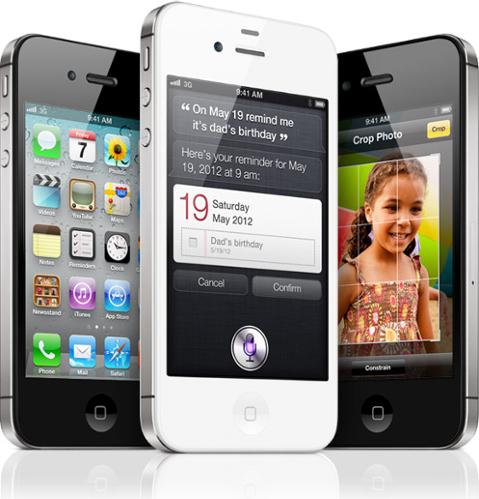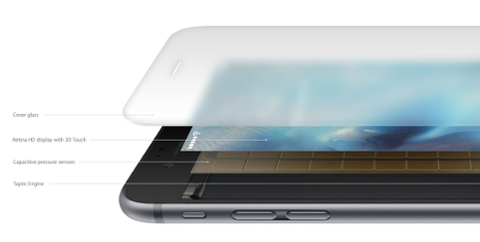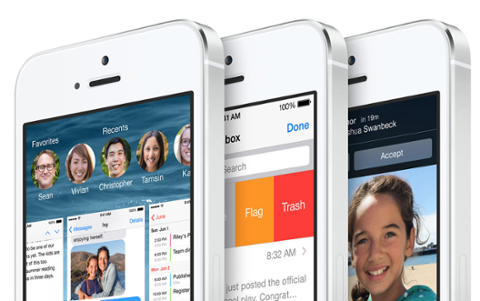[caption id="attachment_142322" align="aligncenter" width="4104"]
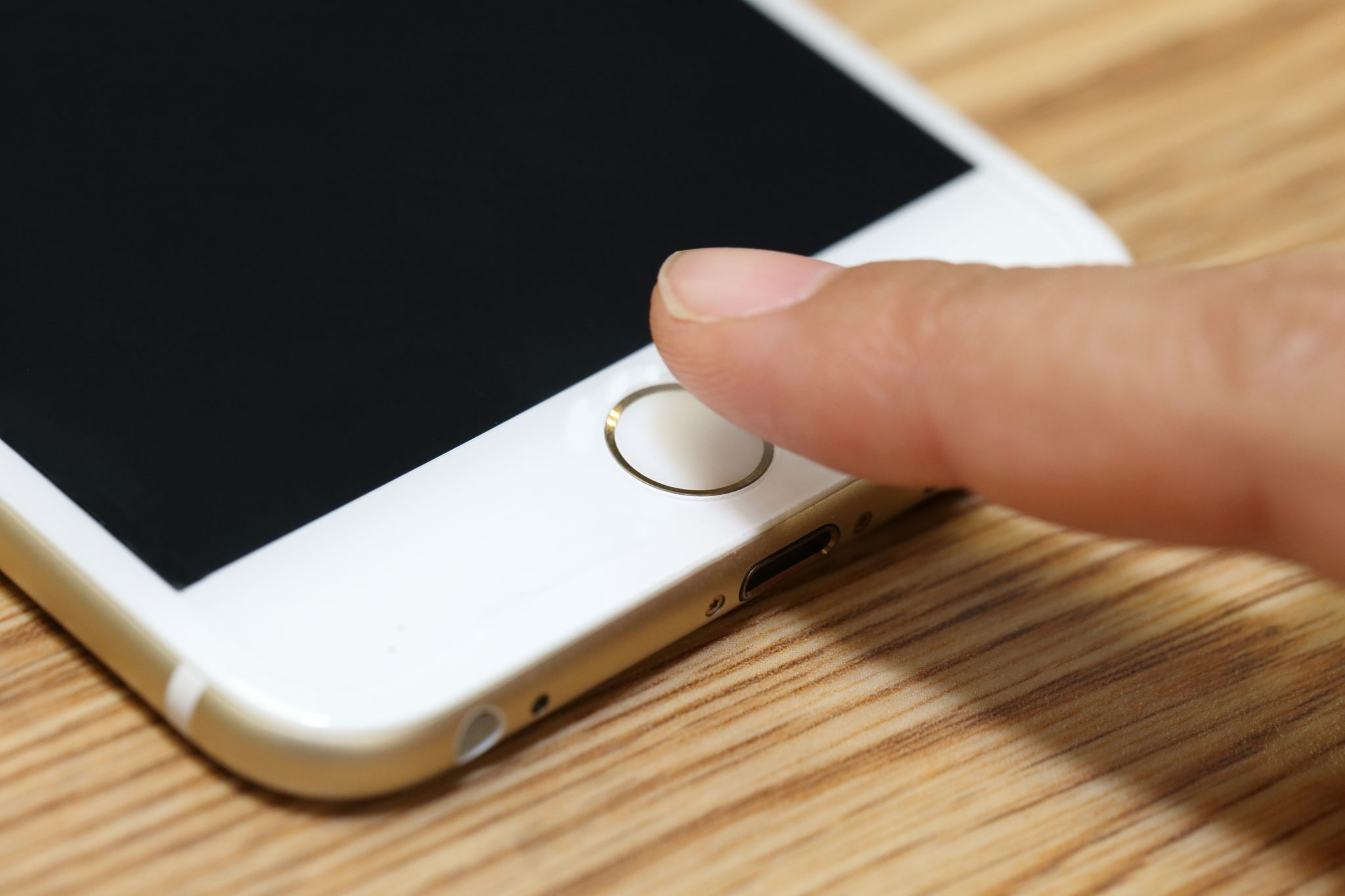
Touch ID on iPhone[/caption] It seems Apple may be ready to move away from biometrics. According to a new report from
Bloomberg, Apple is testing a version of the iPhone that will drop the Home button and Touch ID in favor of facial scanning technology. Calling it an “an improved security system,” Bloomberg notes facial scanning will do everything Touch ID does now, from authenticating payments to unlocking your phone. People with knowledge of this plan assert it’s more secure as facial scanning can provide many more points of data than a fingerprint. Using a new sensor, this facial-scanning technology is said to unlock a phone “within a few hundred milliseconds.” It’s made to work at angles, too; if your phone were sitting on a table, it could scan for your face and unlock without you staring directly at the sensor. One reason for this change is
driven by design. Rumors suggest Apple’s next iPhone screen will
occupy the entire front fascia of the device, with a small notch at the top reserved for the facial scanner, FaceTime camera and speaker. To that, there’s apparently no room for a dedicated Home button or Touch ID sensor at the bottom, though prior scuttlebutt suggested Apple would work both into the screen itself via embedded sensors available via a '
function area'. Touch ID became
accessible to developers with iOS 8, where Apple opened it up for authentication and matching Keychain item requests. Since, it has also been made useful via Apple Pay, the company’s default mobile payment process. While developers don’t have direct access to Touch ID insomuch they can choose which actions it performs, the security implications are huge. [caption id="attachment_142317" align="aligncenter" width="3938"]
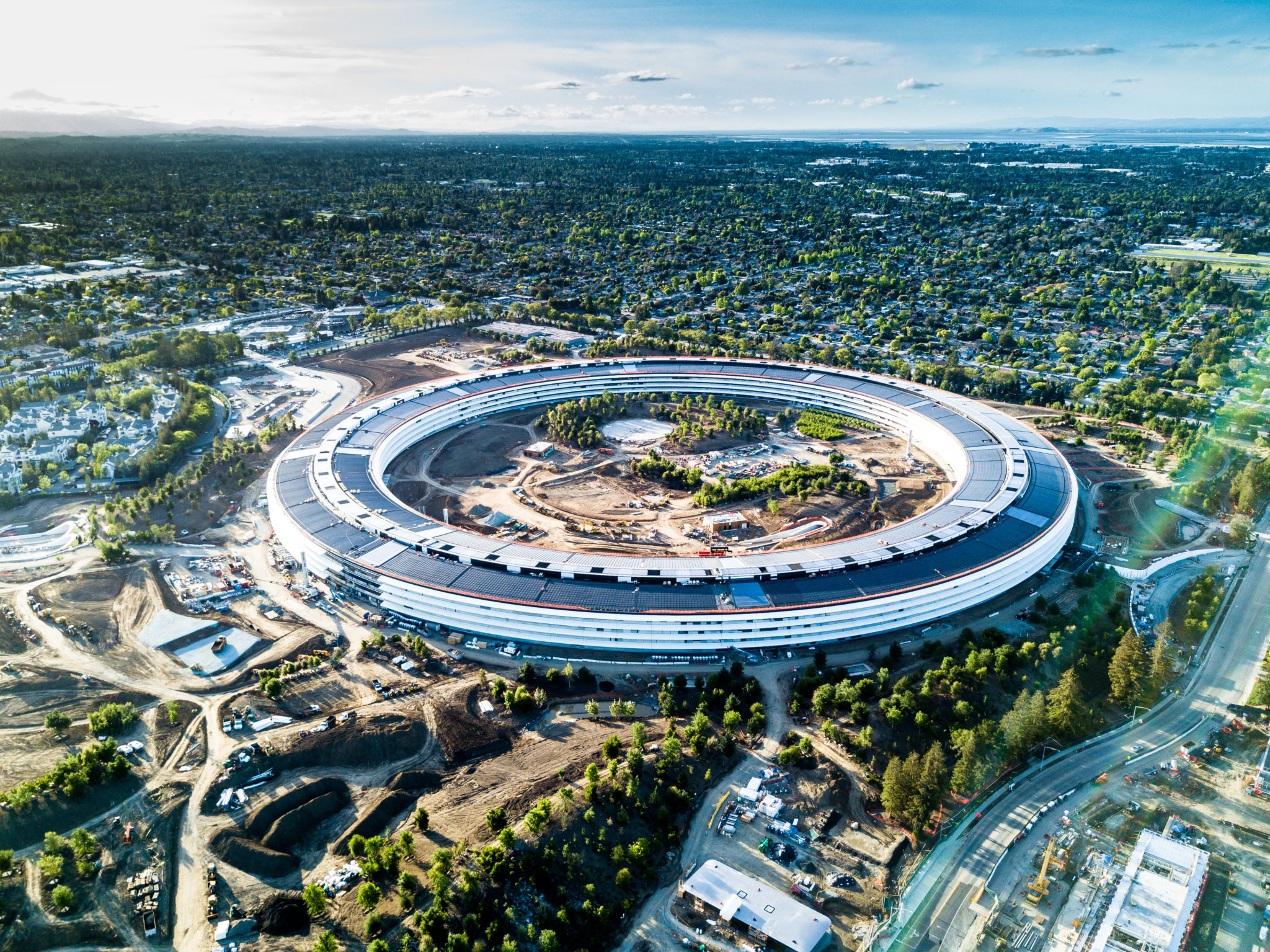
The Apple Campus... looks like a Home button.[/caption] It’s notable that Apple still safeguards Touch ID, which also means it can make the switch to facial scanning without much effort on the part of developers. While it will definitely be work for anyone utilizing it, limiting Touch ID to authentication provides less contact points in the code base. Similarly, Apple Pay obfuscates how developers interact with Touch ID. For users, the switch will likely be cumbersome. Bloomberg notes it can scan your face from angles, like when sitting on a desk – but how does the device learn you want to unlock it? Tapping the screen is a possibility, but is that a cleaner solution than Touch ID? Apple has millions of mobile users with years of conditioning to use the Home button and Touch ID for a variety of use-cases, so this corner will be a tough one to turn. It's also curious because the company
just made Touch ID available to the Mac via the Touch Bar to unify the authentication and Apple Pay experience for mobile and desktop users. We’re also not sure what the security implications are. Touch ID scans are kept on-device, but it’s not known if Apple will use facial scans to improve products like Photos, which attempts to create folders for images of people you know. If it’s scanning your face as well as your friends and family dozens (maybe hundreds) of times daily, it can do a much better job of identifying them elsewhere. Bloomberg couches its report by adding the facial scanning feature may not make it into the next iPhone, and that could be the best course of action. It won’t affect developers in a significant way, but users will undoubtedly feel the difference day-to-day – and may not be happy with it. Waiting for a day when biometric sensors can be embedded in a screen seems the more Apple way to go, but the all-screen iPhone is apparently looming, and those sensors don’t seem to be ready. This Fall (when the new iPhone launches) may be more interesting than originally imagined.
 Touch ID on iPhone[/caption] It seems Apple may be ready to move away from biometrics. According to a new report from Bloomberg, Apple is testing a version of the iPhone that will drop the Home button and Touch ID in favor of facial scanning technology. Calling it an “an improved security system,” Bloomberg notes facial scanning will do everything Touch ID does now, from authenticating payments to unlocking your phone. People with knowledge of this plan assert it’s more secure as facial scanning can provide many more points of data than a fingerprint. Using a new sensor, this facial-scanning technology is said to unlock a phone “within a few hundred milliseconds.” It’s made to work at angles, too; if your phone were sitting on a table, it could scan for your face and unlock without you staring directly at the sensor. One reason for this change is driven by design. Rumors suggest Apple’s next iPhone screen will occupy the entire front fascia of the device, with a small notch at the top reserved for the facial scanner, FaceTime camera and speaker. To that, there’s apparently no room for a dedicated Home button or Touch ID sensor at the bottom, though prior scuttlebutt suggested Apple would work both into the screen itself via embedded sensors available via a 'function area'. Touch ID became accessible to developers with iOS 8, where Apple opened it up for authentication and matching Keychain item requests. Since, it has also been made useful via Apple Pay, the company’s default mobile payment process. While developers don’t have direct access to Touch ID insomuch they can choose which actions it performs, the security implications are huge. [caption id="attachment_142317" align="aligncenter" width="3938"]
Touch ID on iPhone[/caption] It seems Apple may be ready to move away from biometrics. According to a new report from Bloomberg, Apple is testing a version of the iPhone that will drop the Home button and Touch ID in favor of facial scanning technology. Calling it an “an improved security system,” Bloomberg notes facial scanning will do everything Touch ID does now, from authenticating payments to unlocking your phone. People with knowledge of this plan assert it’s more secure as facial scanning can provide many more points of data than a fingerprint. Using a new sensor, this facial-scanning technology is said to unlock a phone “within a few hundred milliseconds.” It’s made to work at angles, too; if your phone were sitting on a table, it could scan for your face and unlock without you staring directly at the sensor. One reason for this change is driven by design. Rumors suggest Apple’s next iPhone screen will occupy the entire front fascia of the device, with a small notch at the top reserved for the facial scanner, FaceTime camera and speaker. To that, there’s apparently no room for a dedicated Home button or Touch ID sensor at the bottom, though prior scuttlebutt suggested Apple would work both into the screen itself via embedded sensors available via a 'function area'. Touch ID became accessible to developers with iOS 8, where Apple opened it up for authentication and matching Keychain item requests. Since, it has also been made useful via Apple Pay, the company’s default mobile payment process. While developers don’t have direct access to Touch ID insomuch they can choose which actions it performs, the security implications are huge. [caption id="attachment_142317" align="aligncenter" width="3938"]  The Apple Campus... looks like a Home button.[/caption] It’s notable that Apple still safeguards Touch ID, which also means it can make the switch to facial scanning without much effort on the part of developers. While it will definitely be work for anyone utilizing it, limiting Touch ID to authentication provides less contact points in the code base. Similarly, Apple Pay obfuscates how developers interact with Touch ID. For users, the switch will likely be cumbersome. Bloomberg notes it can scan your face from angles, like when sitting on a desk – but how does the device learn you want to unlock it? Tapping the screen is a possibility, but is that a cleaner solution than Touch ID? Apple has millions of mobile users with years of conditioning to use the Home button and Touch ID for a variety of use-cases, so this corner will be a tough one to turn. It's also curious because the company just made Touch ID available to the Mac via the Touch Bar to unify the authentication and Apple Pay experience for mobile and desktop users. We’re also not sure what the security implications are. Touch ID scans are kept on-device, but it’s not known if Apple will use facial scans to improve products like Photos, which attempts to create folders for images of people you know. If it’s scanning your face as well as your friends and family dozens (maybe hundreds) of times daily, it can do a much better job of identifying them elsewhere. Bloomberg couches its report by adding the facial scanning feature may not make it into the next iPhone, and that could be the best course of action. It won’t affect developers in a significant way, but users will undoubtedly feel the difference day-to-day – and may not be happy with it. Waiting for a day when biometric sensors can be embedded in a screen seems the more Apple way to go, but the all-screen iPhone is apparently looming, and those sensors don’t seem to be ready. This Fall (when the new iPhone launches) may be more interesting than originally imagined.
The Apple Campus... looks like a Home button.[/caption] It’s notable that Apple still safeguards Touch ID, which also means it can make the switch to facial scanning without much effort on the part of developers. While it will definitely be work for anyone utilizing it, limiting Touch ID to authentication provides less contact points in the code base. Similarly, Apple Pay obfuscates how developers interact with Touch ID. For users, the switch will likely be cumbersome. Bloomberg notes it can scan your face from angles, like when sitting on a desk – but how does the device learn you want to unlock it? Tapping the screen is a possibility, but is that a cleaner solution than Touch ID? Apple has millions of mobile users with years of conditioning to use the Home button and Touch ID for a variety of use-cases, so this corner will be a tough one to turn. It's also curious because the company just made Touch ID available to the Mac via the Touch Bar to unify the authentication and Apple Pay experience for mobile and desktop users. We’re also not sure what the security implications are. Touch ID scans are kept on-device, but it’s not known if Apple will use facial scans to improve products like Photos, which attempts to create folders for images of people you know. If it’s scanning your face as well as your friends and family dozens (maybe hundreds) of times daily, it can do a much better job of identifying them elsewhere. Bloomberg couches its report by adding the facial scanning feature may not make it into the next iPhone, and that could be the best course of action. It won’t affect developers in a significant way, but users will undoubtedly feel the difference day-to-day – and may not be happy with it. Waiting for a day when biometric sensors can be embedded in a screen seems the more Apple way to go, but the all-screen iPhone is apparently looming, and those sensors don’t seem to be ready. This Fall (when the new iPhone launches) may be more interesting than originally imagined. 
